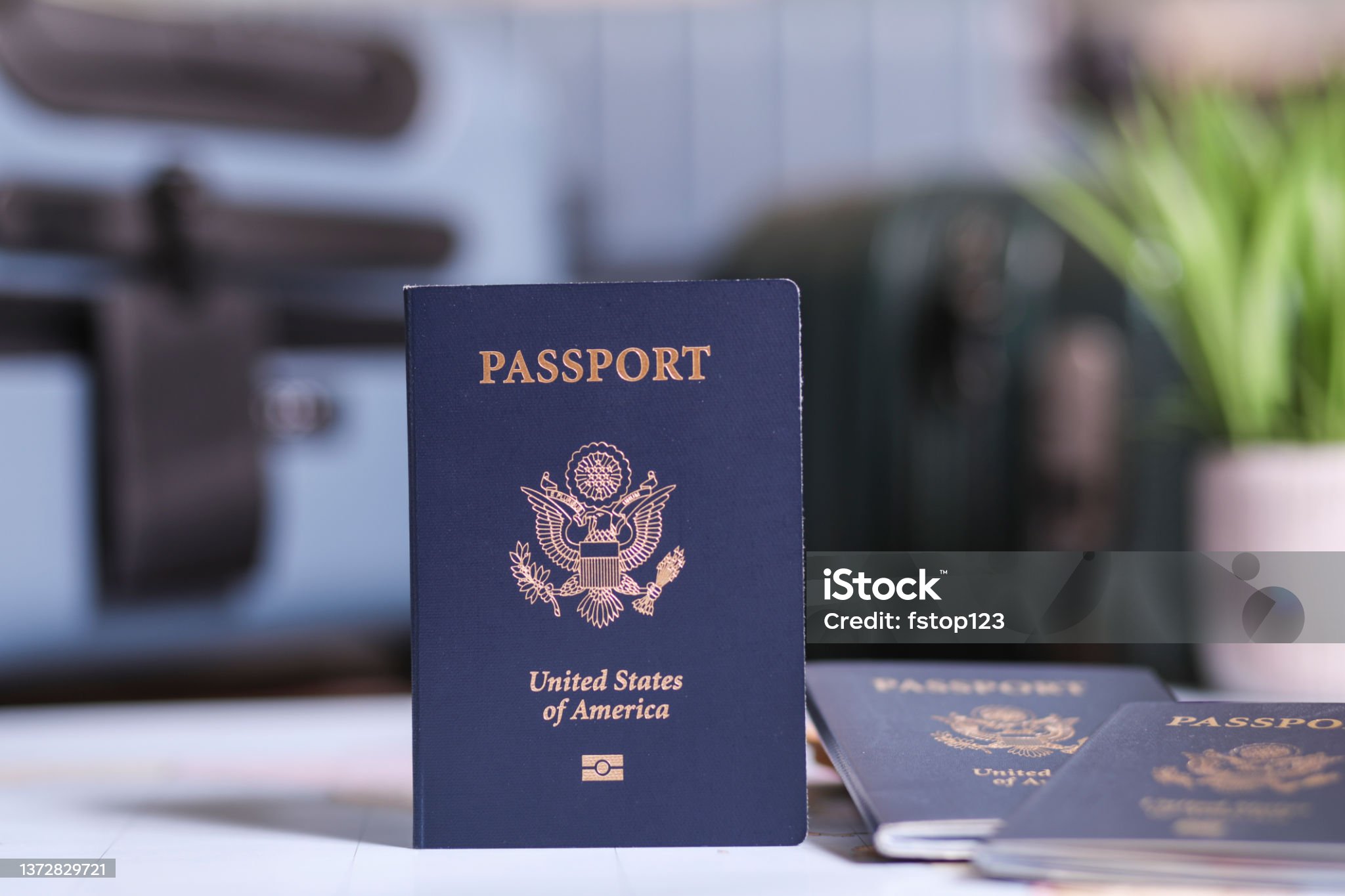Examining Future Changes in Secure Identification Technologies and Their Role in Secure Transactions
Examining Future Changes in Secure Identification Technologies and Their Role in Secure Transactions
Blog Article

1. Introduction to Identification Documents
Identification documents play an essential role both for individuals and society. Serving as "permissions" and "access tools," these documents ensure smooth societal operations. There are different kinds of identification documents, each serving a specific purpose. For example, a copyright is considered valid proof of the right to operate a car, and a copyright proves citizenship and allows entry into the country. Such documents hold significant personal importance and facilitate transactions such as employment, services, insurance acquisition, and car rentals. Many times, financial institutions might request to review these documents if the borrower seems untrustworthy or lacks a solid credit history. Such identification acts both as an identification method and as legal clearance for various functions.
Historically, identification documents were less central to everyday life than they are now. The importance of these documents has grown alongside changes in security measures and legal requirements. Advances in information technology have made it possible for organizations to develop secure systems that are far ahead of the cutting-edge ID technologies available to the general public. Many countries are in the process of standardizing their IDs with biometric technology. Some already utilize electronic exit systems.
A person's identification documents serve as a formal confirmation of their legal standing. The "real identification" recognized documents worldwide include passports, copyright, copyright, and driver's licenses, at both global and national scales. People often securely store their critical identification documents so that they can retrieve them easily when necessary.
This discussion addresses the legitimacy and importance of certain documents such as IDP, Real ID, copyright, copyright, copyright, and resident permits to increase awareness of their relevance. Educational staff and the general public need to be informed about these documents, and this information might be useful in preventing loss or regaining these documents. This information is intended for both domestic and international readers to ensure they do not miss the most important documents they need for their own knowledge and ideals.
2. Legal Structures and Rules Overseeing Identification Documents
The governance of identification documents is subject to varying laws and regulations across different jurisdictions. These documents are given to individuals by issuing authorities following rules to ensure accuracy and authenticity. These documents can be mandatory for certain situations while serving as optional verification in others. It is the responsibility of the individual to follow the rules of the jurisdiction that governs the use of the document. In conclusion, individuals must comprehend the legal rules that pertain to their intended use of identification documents within any jurisdiction where they expect to act. For the most part, government agencies at the state or local level issue, regulate, and restrict certain documents for use in certain transactions.
The varying requirements of each jurisdiction and reasons for identification documents, may clash with the necessity for international travel and business operations. Thus, it is a widespread issue when travelers feel disconnected and confused when traveling internationally and encountering different identification document regulations. It would be impossible to list all of the rules for each country here, but it is important to know, that with nearly 200 countries and billions of global inhabitants conducting international trade and business, understanding identification requirements is vital. Failure to follow these rules could lead to legal issues in another country, requiring adherence to international and reciprocal laws. Noncompliance can have civil and possibly criminal legal implications as it violates laws, including laws about identity, privacy, trade, commerce, and human rights.
Public policies and protected rights may conflict when setting security rules for travel identification documents. That is, human rights may conflict with public policy on the tightest, most secure identification and documentation required to combat terrorism. In recent years, the introduction of digital mobile driver’s licenses has led countries to either update or create new laws and regulations that go beyond just technology, as this field continues to evolve. The next frontier for global travel may lie in the widespread use of digital identification documents. Even with the world moving toward mobile driver licenses, passports will likely remain necessary for some time to come. 
The standard and evolution of mobile driver licenses and digital ID are also undergoing rapid change. For example, nearly two years after California's law on mobile copyright requirements, stakeholders are set to finalize regulations for the first official state mobile driver’s license.
3. A Comparison of International Driver’s License, Real ID, copyright, copyright, copyright, and Resident Permit
The International Driver’s License acts as an identification document for those driving abroad The International Driver’s License was never developed by the UN or international organizations as a travel facilitation tool between countries.
The Real ID is intended to be a widely accepted identification for domestic travel, along with state-issued driver’s licenses and IDs that meet federal standards. In addition to domestic travel, the Real ID can be used to enter federal sites and nuclear plants. However, the Real ID is not meant to replace a travel document, copyright, visa, or residency permit. Even though some individuals may use the Real ID abroad for personal identification or date of birth purposes, its main function is for domestic travel within the United States.
More specifically, passports are in the United States a form of original rather than derived identification. Passports are designed to protect citizens traveling internationally and to facilitate participation in non-mandatory diplomatic meetings or treaty discussions. This is the copyright’s formal and administrative role. Of course, the copyright can also be used for bureaucratic or private matters. To travel internationally, or even regionally in some cases, travelers need more than just a copyright; they must also satisfy several other criteria.
The copyright is an official document provided at birth, which is necessary to obtain passports and other types of identification. In comparison, a copyright and a copyright would seem to serve the same general purpose. That said, a copyright provides extended functions beyond its initial use. Also, even if used to obtain a copyright, a copyright cannot lead to obtaining a “second copyright”. It is irrelevant to the second copyright unless the traveler intends to pursue an unlawful second nationality.
4. Security Elements and Fraud Prevention in Identification Documents
Several security measures are in place to prevent the counterfeiting, modification, and fraudulent usage of identification documents. Many identification documents utilize features such as holograms, multi-layered images, and laser engravings for enhanced security. Some ID cards are embedded with RFID chips copyright holding biometric data and digital imagery to prevent misuse.
Many security features are either hidden or semi-hidden, such as special inks, watermarks, or microtext. Such security features are designed to make identification documents highly resistant to counterfeiting. 
Typically, the security level of an identification document is proportional to the level of trust it is expected to carry. For instance, a copyright doesn’t need the same high-level security features as a copyright, which is primarily used for international travel.
Advances in technology have led to the development of sophisticated ID document security features. Actively promoting and adopting new security technologies helps keep one step ahead of potential fraudsters and counterfeiters by using up-to-date issuance practices.
Moreover, it is also important to continually evaluate existing and potential security features and issuance methods. This evaluation ensures that identification security systems remain strong in the face of new and advancing threats.
Furthermore, an effective anti-fraud document security program should focus on proactive as well as reactive strategies. Proactive strategies involve measures such as training, public outreach, public service announcements, security conferences, and workshops.
5. Conclusion and Future Trends in Identification Document Technology
This article examines the diverse forms of identification documents found around the world. It is important to see ID from both a technical perspective, considering security features, verification, and issuing authorities, but also from a legal standpoint, focusing on how these documents hold up in courts for verification.
Research reveals differing views on what makes an identification document effective and how its verification utility can vary by location. Additionally, ethnography could illustrate how varying cultural perspectives influence the concept of an ideal identification document. Comparative work also provides insight into how the legitimacy of identification documents can vary even in countries with similar political, social, and economic systems.
Future trends in identification documents are being transformed by new digital and technological advances. Technology is constantly enhancing the capabilities and security of standard identification documents like eIDs in response to mobile technology adoption. The main landmarks in this new convergence are biometrics and blockchain used as distributed ledgers.
Biometrics and its “liveness” function will collect the necessary biometric data during the direct correspondence between the person and the enrolling or verification authority, increasing the level of trust in the correct identity, excluding digital diversion of identity. It will go beyond our basic human rights recognized by international law and several constitutions. This access should be kept as private as possible and subject to individual consent.
Digital identity systems might contribute to exclusion, particularly for individuals who do not have easy access to digital identification systems. Not everyone has easy access to a digital identity in the first place. Some already speak of an “identity gap” widened by technology, which creates disparities in access to identity verification needed for participation in various societal sectors.
There should be more detailed comparisons between digital identity systems and physical IDs. So, apart from verifying identity, these databases are used to verify the risk levels for various transactions. Further research is needed to explore how offline verification rights translate into the digital identity space.